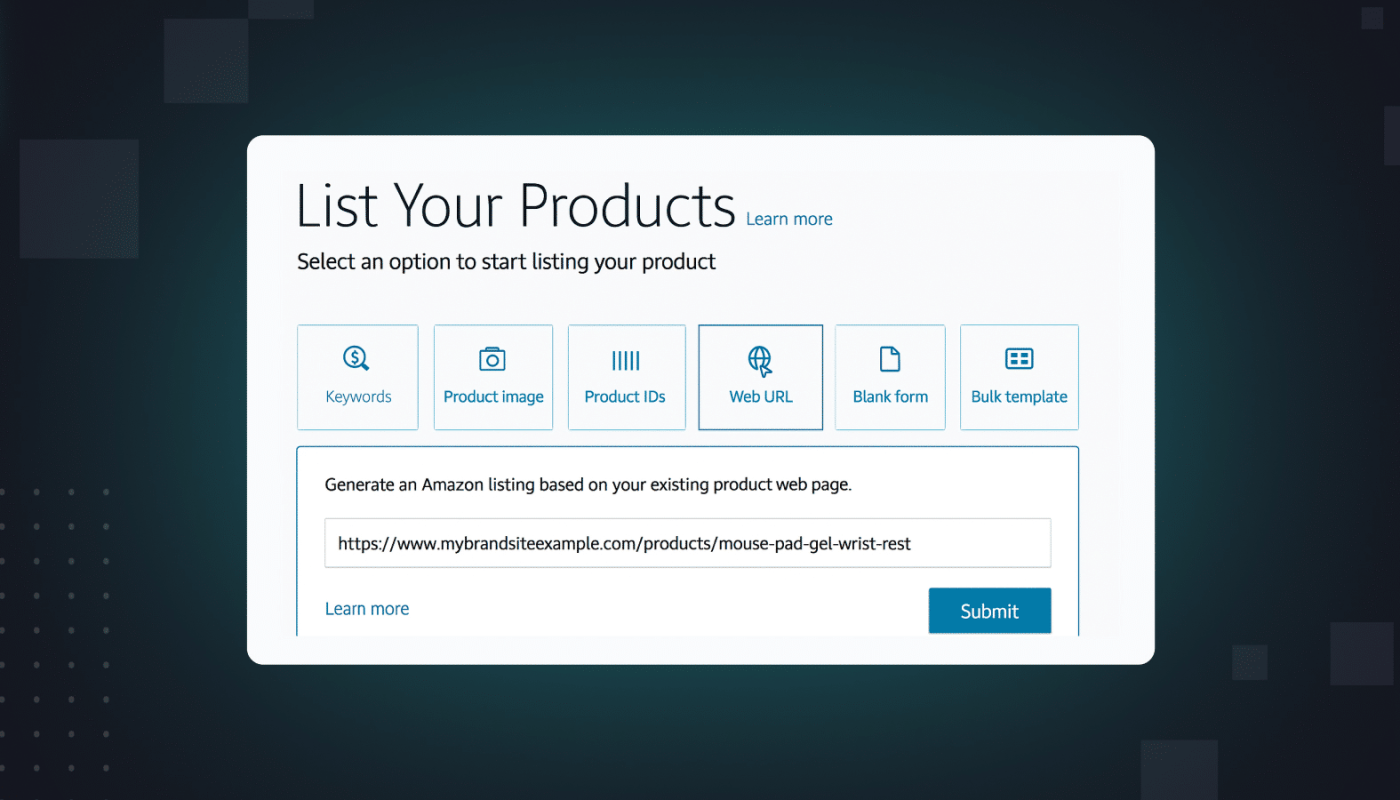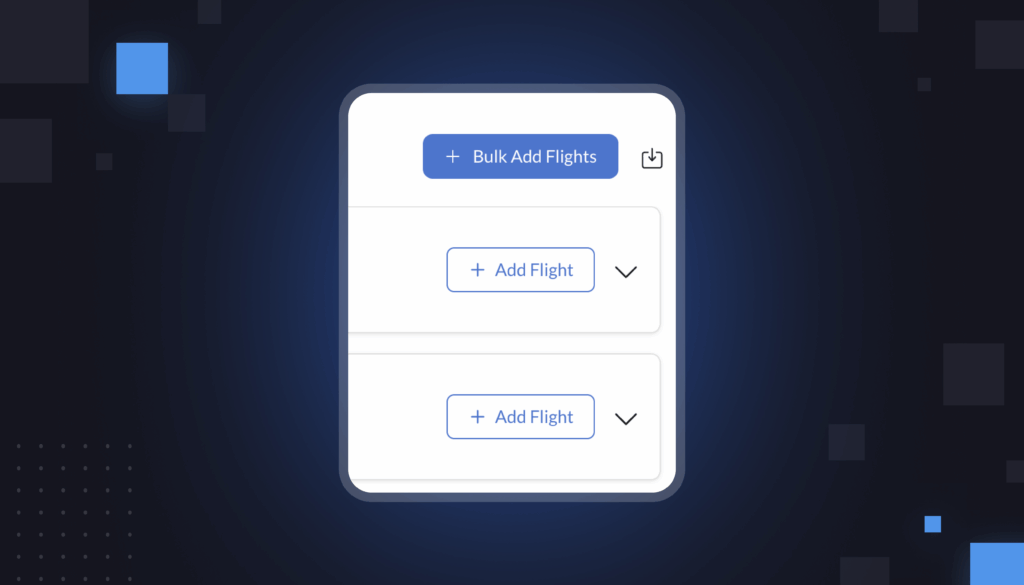Generative AI is reshaping how customers discover and interact with products—and brands need to adapt now to stay relevant.
AI chatbots that focus on e-commerce are suddenly everywhere. Amazon has Rufus, Walmart has Sparky, Google has its Shopping Assistant, and ChatGPT has Shopping GPT.
These AI chatbots are designed to recommend products to shoppers and answer their questions about product attributes or return policies.
Eventually, ad budgets are going to shift to these generative AI chatbots, too. EMarketer expects that 14% of all search budgets will go into AI tools by 2029.
That’s a big industry shift that is just around the corner.
For now, advertising on these chatbots is limited. But product discovery is already happening on these platforms. Beyond spending money on ads, there are a few key tactics that you can implement now in order to stand out.
#1. Create content for AI product discovery
Historically, brands have prepared their digital content for a world in which products are discovered through search terms.
Now, as Justin Leigh told us in a recent webinar, they need to pivot to a world in which shoppers will be discovering their products through a conversation with a chatbot.
A WSJ article recently suggested that websites will partly become data repositories for AI. Many humans will still visit your site, of course, but mostly your content will exist to benefit an AI crawler.
So what does embracing that future look like? First, make sure your product content is 100% complete across all of your listings. You don’t want any missing policies or bullet points on any of your products.
Small information gaps may not matter so much to a customer who stumbles on your page after a keyword search, but they will decrease the likelihood that an AI chatbot refers a shopper over to you.
Second, focus on the types of content that AI chatbots like—for instance, FAQs.
Consider adding a FAQ section or multiple FAQ sections that describe the benefits of your product at a high level, and then be sure to update them constantly.
A shopper might ask an AI chatbot about the care instructions for your product, or your return policy. The AI might pull inaccurate or out-of-date information that will turn off your customer.
Without AI-readable FAQs, you can lose out on a sale through no fault of your own.
#2. Always double-check your AI-generated titles on Amazon
Amazon recently rolled out its AI listing optimization services, which use artificial intelligence to rewrite product bullet points and product titles.
Many brands are already finding that Amazon’s AI has rewritten their titles. While Amazon says that these AI optimizations are designed to increase discovery and conversion, they also risk adding inaccuracies or creating compliance issues.
Brands that sell scientific or medical products have to be particularly attentive to these changing titles. After all, they often have to follow very specific regulations about the claims they can make and the ways they can describe their product.
If Amazon’s AI accidentally introduces a false claim, the brand is ultimately on the hook.
By the end of the year, the number of AI-generated titles that Amazon displays will exponentially increase.
Amazon has already announced its shift to a two-title system, which consists of:
- Main title (brand, product type)
- Product Highlights (features and key benefits)
These two titles are designed to make every product more readable to AI platforms.
It’s critical to be regularly checking your title for these automatic changes, and flagging errors to Amazon as soon as they happen. You don’t want customers to be seeing an inaccurate title for long.
Tracking all of your titles is a big undertaking, however—especially if you have a massive catalog already.
#3. Don’t neglect your Shopify site
Your DTC site might be your most important focal point as you prepare for a world of AI discovery.
Shopify in particular is actively working to facilitate AI discovery. Its Catalog API allows chatbots to pull information about your products without the need for scraping.
And for brands themselves, Shopify is also making it easier to manage how chatbots discuss their products.
Shopify has a newly created Knowledge Base app that automatically generates a FAQ page for AI chatbots, based on your existing content.
Shopify Knowledge Base has other benefits, too. It shows brands the most common questions that customers ask chatbots about their products as well as how the AI chatbots answer those questions.
If there’s an inaccuracy, brands can flag it and get the chatbot to adjust its response.
The beauty of updating your DTC site is that other e-commerce sites often scrape from your DTC to update your product page.
Even Amazon automatically scrapes from your DTC site, as Kiri Masters noted.
So investing in AI-prepping your DTC now can have downstream benefits across a lot of the e-commerce business. Your content upgrades will eventually appear on Walmart, Target, Amazon, and more.




